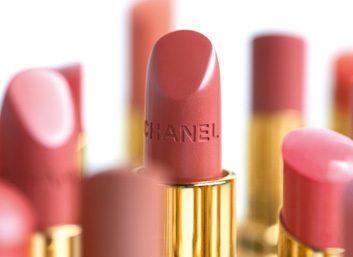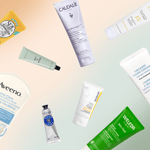Beauty is in the details: Chanel
If there’s a beauty company that mines its history and somehow meshes it with the contemporary more than Chanel, I

If there’s a beauty company that mines its history and somehow meshes it with the contemporary more than Chanel, I can’t think of one. From press releases that quote "Mademoiselle," who passed away in 1971, to the naming of lipsticks that are like "signs" for the Chanel aficionado, the story of the past, and the allure of the contemporary luxury brand go hand in hand. For example, this spring Chanel has a new spinoff from its Rouge Coco lipstick line called Rouge Coco Shine. One of the shades is called "Boy," a "rosewood with a slight hint of copper," as described by the company. Boy refers to businessman Arthur "Boy" Capel, the love of Coco Chanel’s life.
In the March/April issue of Best Health magazine, I zero in on an aspect of this specialness, a unique perfume-sealing process called baudruchage (even the name rolls off the tongue like a macaron), which involves pearlized cotton thread, sealing wax and a deft hand, and which I got to witness being performed on bottles of Chanel No 5. (The Globe and Mail recently reported that companies like Chanel are sending ambassadors out around the world to bring awareness and more appreciation to the craftsmanship behind their luxury products.)
Baudruchage goes back hundreds of years, first used in pharmacy. Chanel herself made it part of No. 5, which debuted in the early 1920s, and the company continues to employ 10 artisans to perform this intricate flourish.
And I give a nod to the spring 2011 nail polishes that also manage to mythologize the brand’s history. How so? Pearls are a longtime hallmark of the Chanel look. And these polishes are meant to appear like pearls on the ends of your fingertips.
The March/April issue of Best Health magazine is on newsstands February 21.
Photo © Chanel/Claessens&Deschamps




